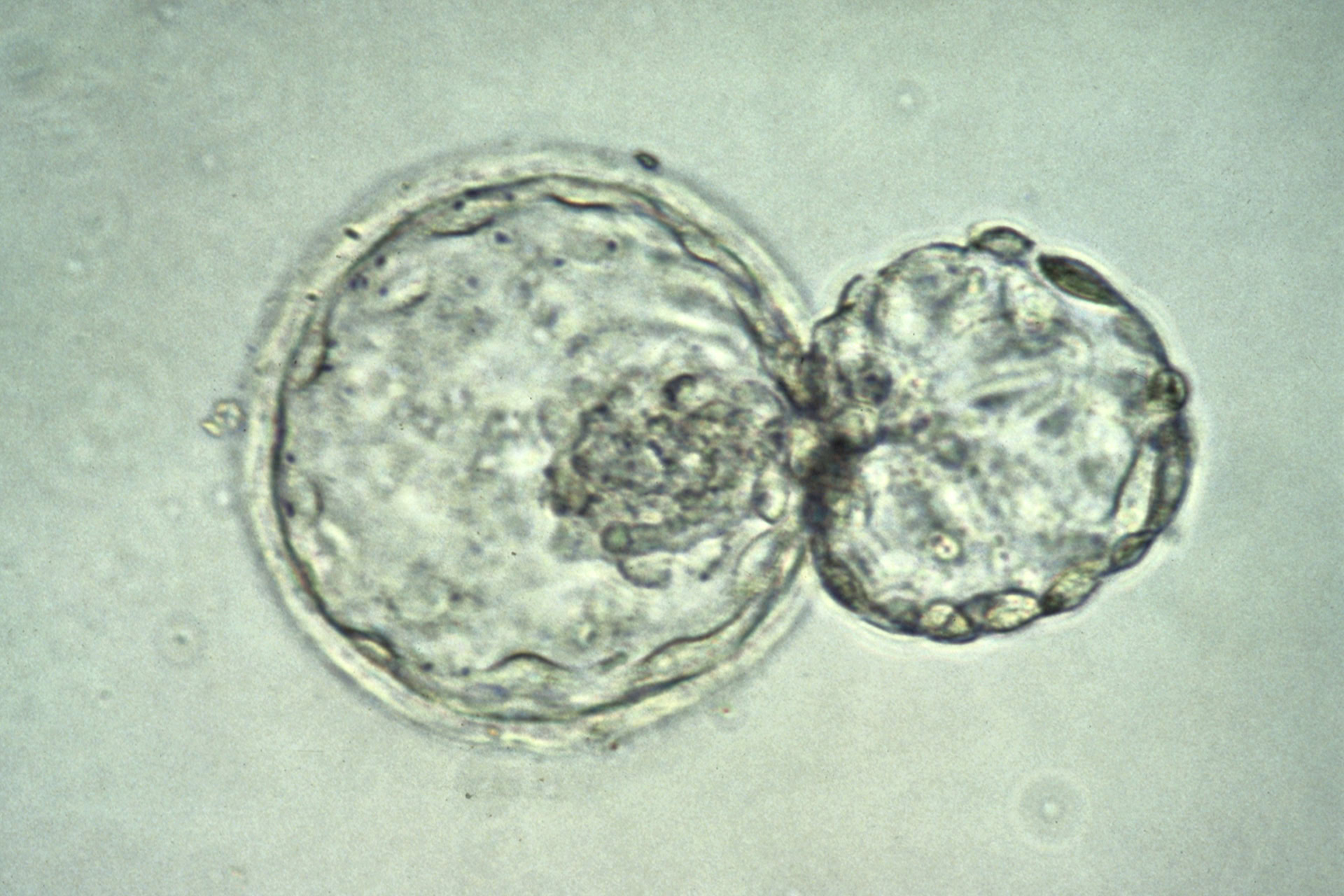Scientists have generated the specialised embryonic cells that go on to form spinal cord, muscle and bone tissue and used them to produce nerve and muscle cells.
The scientists hope that their newly acquired ability to generate this intermediate cell type will lead to improved research and maybe even treatments in neurodegenerative conditions such as spinal muscular atrophy.
'We can’t yet produce the tissues themselves', said Dr James Briscoe from the Medical Research Council (MRC) National Institute for Medical Research, UK, who co-led the study, 'but this a really big step. It’s like being able to make the bricks and raw materials but not yet build the house'.
The intermediate 'stepping stone' cells the scientists generated are called neuro-mesodermal progentiors (NMPs). Dr Briscoe says NMPs 'have largely been overlooked - even though they were first discovered more than 100 years ago'.
Starting off with mouse or human embryonic stem cells, the scientists stimulated two key cell signalling pathways, Wnt and Fgf, to push the cells towards becoming NMPs. Further exposure of the NMPs to different combinations of these two cell signals then induced the production of nerve or muscle cells - both in in vitro experiments and by the transplantation of NMPs into chick embryos.
Professor Val Wilson, the co-leader of the research from the MRC Centre for Regenerative Medicine at the University of Edinburgh, said: 'NMPs are important because they're the source of the spinal cord and most of the bones and muscles in our body. But they have been like Cinderella cells. Although recognised or more than a century in the embryo, they've tended to be ignored by scientists trying to make these cell types in a dish'.
Researching embryonic development is technically challenging and requires cell culture models to accurately replicate developmental stages. Being able to generate NMPs should therefore improve researchers' understanding of how the spinal cord develops but also how problems can arise.
The study was published in the journal PLOS Biology.






Leave a Reply
You must be logged in to post a comment.